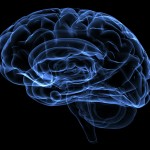 This post is the second in a two-part series of ideas, facts, and resources all about the brain. They are based on a workshop I attended last weekend called “Linking Neuroscience to Clinical Practice.” The fabulous speaker was Dr. Martha Burns.
This post is the second in a two-part series of ideas, facts, and resources all about the brain. They are based on a workshop I attended last weekend called “Linking Neuroscience to Clinical Practice.” The fabulous speaker was Dr. Martha Burns.
The first article, published on Tuesday, listed the first 35 points.
71 Fun Facts About the Brain (part 2)
36. Humans pay attention to what they’re good at and what they’re motivated to do. That’s why so many struggle in therapy and why therapists often feel like cheerleaders.
37. Agnosia = a modality-specific (e.g. sight, sound, touch) disorder of recognition
38. Functional, outcome-based therapy involves focusing on: 1) safety, 2) independence, 3) quality of life, and 4) client/family involvement in planning goals and strategies for success
39. Episodic memory is closely tied to our sense of self. It’s how we describe ourselves and it’s one of the first things to go in dementia.
40. The average sentence length (for spoken English) is 7 words, 14 syllables. The average ASL sentence is 5 words.
41. The hippocampus does not store memories. It’s simply the recorder and the searcher. It records memories (which are stored somewhere else based on context) and searches for memories we’re trying to recall.
42. Exercising the hippocampus will help keep you young. Do the crossword puzzle. Take tests.
43. The amygdala is the emotional center of the brain. It’s Latin for “almond” because the structure itself is shaped like one.
44. The amygdala supercharges our hippocampus. That’s why we remember so vividly where we were on 9/11–but probably don’t remember what we had for breakfast last Thursday.
45. Thanks to the amygdala, making therapy more emotional will make therapy more effective.
46. Once you know something and know it well, you don’t need the hippocampus anymore.
47. Biologically-primitive structures (e.g. those in the limbic system) are not as plastic as newer structures (e.g. the cortex).
48. It takes 4 minutes of exposure to information (via exposure, rehearsal, and practice) for it to make it through the night.
49. People with autism have a disturbance in inhibition. Everything gets activated. They can’t get rid of irrelevant information.
50. Therapists have the most powerful effect on the human brain. We are sculpting and re-wiring brains.
51. An efficient brain needs to pay attention to and save information that’s important. It also needs to ignore irrelevant information.
52. Brains are designed to survive and procreate.
53. The frontal lobe help our brain prioritize information and tasks.
54. As you age, it’s all about the life story. If you work in geriatrics, help them reconstruct their autobiography using music, pictures, or words.
55. Work with TBI? The CDC has free information for you, your clients, and their families. It’s called “Heads Up: Brain Injury in your practice” and you can check it out here.
56. TBI almost always affects the frontal lobe and the cerebellum.
57. To date, fMRIs are the most useful imaging technology available. There are 2 exceptions: PET scans can help diagnose early dementia and EEGs are great for diagnosing seizures.
58. Get enough sleep. Sleep is a big factor in decreasing aging (and healing) issues.
59. Curry may be one of the best anti-aging “medicines” out there.
60. The foods and spices listed in this article are ones that have been scientifically proven to positively impact our brains.
61. One big predictor of cognitive decline? How complex our writing was when we were younger.
62. We can only expect insurance companies to pay therapists for diagnosing problems and coming up with techniques and strategies to address those problems. We cannot expect them to pay us for practicing with our clients.
63. The more severe a child with autism is on the spectrum, the more he or she is interested in non-speech sounds.
64. Children who are poor readers have problems in at least 2 of these speech areas: phonology (Wernicke’s area), memory (frontal lobe) or rate/fluency (Broca’s area).
65. Children who grow up in a home where at least 1 parent is on welfare are exposed to 13 million words by the time they are 4. Those in a working class family, 26 million words by age 4. And children whose parents are professionals are exposed to 45 million words by the time they are 4.
66. The prefrontal cortex is responsible for working memory. Doing tasks that target working memory skills may help a child’s brain mature more quickly.
67. The brain training software available at Posit Science is neuroscience-based and neuroscience-tested. It can be used to help you work on your working memory skills.
68. Humans may have evolved a prefrontal lobe to help us solve big problems (like how to survive the Ice Age).
69. The anterior cingulate cortex acts as a lie detector. It’s activated when people lie, even psychopaths.
70. Humans have a tendency to go back to what we learned first. If we learned something one way, we lack flexibility to change that. That’s why it’s so hard to eliminate prejudices and biases.
71. The prefrontal cortex recedes and/or degrades during aging. Force someone to do new things to help keep this from happening.
Now I told you there were 71 things to know, but I stand corrected. Thank you @heathvercher for pointing out #72:
72. Brains love CHOCOLATE!
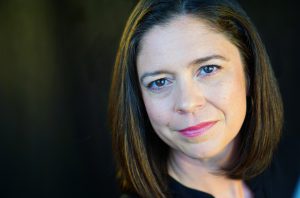

 orcid.org/0000-0001-8665-1493
orcid.org/0000-0001-8665-1493
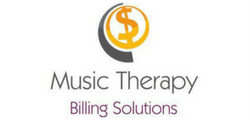
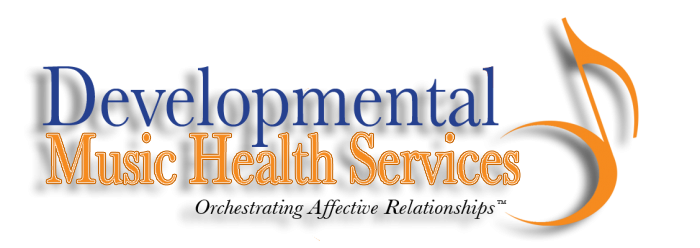


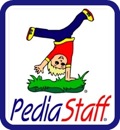

{ 3 comments… read them below or add one }
On point 60 you have a link to the article about spices and diet. I clicked on the link in hopes of seeing the actual list but all I saw was an abstract of the article. Do you happen to have anymore information on the specific spices and food that help with the re-wiring of the pahways? In addition, I am facinated by neuro science now that I have been affected by a surviror of a severe TBI, my brother. I am a nurse and he is a PT. His one year anny was April 27th! So glad to have that terrible year behind us. We also were both very active in JR and High school choir. We both still love music. I have been telling him that when he is ready, I will contact one of our choir teachers and get him some private lessons. His speech is severly affected as well as his short term memory and I guess over all memory. But, his is a miracle and a inspiration to me and many others. He had just turned 41 prior to his accident. Not to toot his horn (but I will), Scooter is a very bright individual. So, prior to the accident, he had a lot, mentally, to work with. If that makes sense. Anyway, schooling was a breeze for him. I had to work at it. Anyway, we live in south Texas. I live in the town we were raised named Port Lavaca. He, wife, and two young girls live thirty minutes away in Victoria. By the way, I am a self taught typist and my spelling is just poor! Very interested in any information you have to offer. Love your site and passion! Thanks for sharing!
A large percentage of of the things you claim is supprisingly accurate and it makes me ponder why I had not looked at this with this light before. This particular article really did turn the light on for me personally as far as this specific subject matter goes. Nonetheless at this time there is actually just one factor I am not necessarily too cozy with so while I try to reconcile that with the actual central idea of your point, allow me see exactly what the rest of the subscribers have to point out.Nicely done.
I’m so glad you found this useful! If you have something to add, I’d be happy to hear it 🙂 ~Kimberly
You must log in to post a comment.